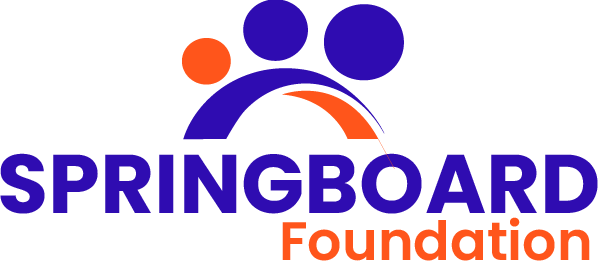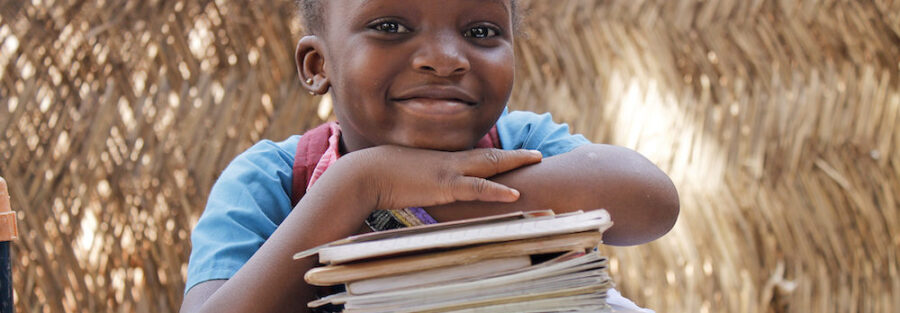Importance of Education to the girl child
“Education must once again become one of the cornerstone values of our world, it must once again flourish, it must be instilled as a force of happiness, fulfillment and hope.” Nelson Mandela, 1996
In Africa, and specifically in the northern region of Cameroon, under-enrollment and dropping out are significant problems that impede the achievement of universal primary education, particularly among girls. Over three million of them are undereducated! The lack of support for their schooling infringes enormously on their basic rights. Their dreams and potential are often undermined by discrimination, violence and unequal opportunities despite the fact that they are brimming with talent and creativity. We also have many who are underprivileged and usually can hardly afford the basics, needed to sustain them through formal and informal education.
Educating a girl is one of the best investments her family, community, and country can make. We know that a good quality education can be life-changing for girls, boys, young women, and men, helping them develop to their full potential and putting them on a path for success in their life. We also know that educating a girl in particular can kick-start a virtuous circle of development. More educated girls, for example, marry later, have healthier children, earn more money that they invest back into their families and communities, and play more active roles in leading their communities and countries.
Over the last 25 years, there have been large gains in girls’ education, and we as a global community can congratulate ourselves for the real progress that has been made. This demonstrates that with shared goals and collective action—among governments, international organizations, civil society, media, and the private sector—we can change the educational prospects for girls around the world.Despite this progress, our research shows that there are hotspots in the world where girls are not getting a quality education. While there certainly are places where boys are behind, we have focused on understanding how and where across the world girls are behind. The message is that many countries have work to do to improve girls’ education, whether related to the gender gap in primary or secondary enrollment or learning.
The importance of women, education and empowerment in Cameroon is thus, a call for concern.
The Unmatched Importance of Female Education
- Increased Literacy: Of the 163 million illiterate youth across the globe, nearly 63 percent are female. Offering all children education will prop up literacy rates, pushing forward development in struggling regions.
- Human Trafficking: Women are most vulnerable to trafficking when they are undereducated and poor, according to the United Nations Inter-Agency Project on Human Trafficking. Through providing young girls with opportunities and fundamental skills, this billion-dollar industry can be significantly undermined.
- Political Representation: Across the globe, women are underrepresented as voters and restricted from political involvement. The United Nations Women’s programmes on leadership and participation suggests that civic education, training and all around empowerment will ease this gap.
- Thriving Babies: According to the United Nations Girls’ Education Initiative, children of educated mothers are twice as likely to survive past the age of five.
- Safe Sex: A girl who completes primary school is three times less likely to contract HIV. With these statistics in mind, The World Bank calls education a “window of hope” in preventing the spread of AIDS among today’s children.
- Later Marriage: As suggested by the United Nations Population Fund, in underdeveloped countries, one in every three girls is married before reaching the age of 18. In a region where a girl receives seven or more years of education, the wedding date is delayed by four years.
- Smaller Families: Increased participation in school reduces fertility rates over time. In Mali, women with secondary education or higher have an average of three children. Counterparts with no education have an average of seven children.
- Income Potential: Education also empowers a woman’s wallet through boosting her earning capabilities. According to the United Nations Educational, Scientific and Cultural Organization, also known as UNESCO, a single year of primary education has shown to increase a girl’s wages later in life by 20 percent.
- Thriving GDP: Gross domestic product also soars when both girls and boys are being offered educational opportunities. When 10 percent more women attend school, GDP increases by three percent on average.
- Poverty Reduction: When women are provided with equal rights and equal access to education, they go on to participate in business and economic activity. Increased earning power and income combat against current and future poverty through feeding, clothing and providing for entire families.
“The fastest way to change society is to mobilize the women of the world.” — Charles Malikleo.
Mbia S., (7/10/2016) The Cameroonese woman’s woes: between the desire for autonomy and cultural reality. Retrieved from Afrique Actualité: http://www.afriqueactualite.com/…/5557-les-malheurs-de-la-femme-camerounaise-entre-des#.WMfxLTvhDIU
Community Barometer (25/08/2016) Gender equity: the troubles of Cameroonese girls. Retrieved from 237online.com : https://www.237online.com/article-04263–eacute-galit-eacute–des-sexes-les-mis-egrave-res-des-jeunes-filles-au-cameroun.html



